
Ishi was the last known member of the Native American Yahi people from the present-day state of California in the United States. The rest of the Yahi were killed in the California genocide in the 19th century. Ishi, who was widely described as the "last wild Indian" in the United States, lived most of his life isolated from modern North American culture, and was the last-known Native manufacturer of stone arrowheads. In 1911, aged 50, he emerged at a barn and corral, 2 mi (3.2 km) from downtown Oroville, California.
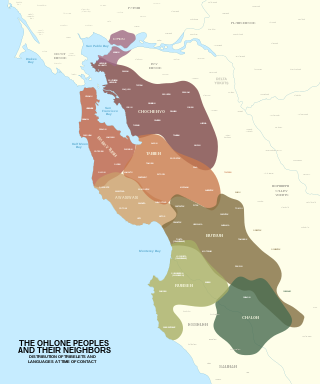
The Ohlone, formerly known as Costanoans, are a Native American people of the Northern California coast. When Spanish explorers and missionaries arrived in the late 18th century, the Ohlone inhabited the area along the coast from San Francisco Bay through Monterey Bay to the lower Salinas Valley. At that time they spoke a variety of related languages. The Ohlone languages make up a sub-family of the Utian language family. Older proposals place Utian within the Penutian language phylum, while newer proposals group it as Yok-Utian.
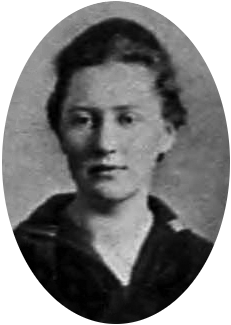
Theodora Kroeber was an American writer and anthropologist, best known for her accounts of several Native Californian cultures. Born in Denver, Colorado, Kroeber grew up in the mining town of Telluride, and worked briefly as a nurse. She attended the University of California, Berkeley, for her undergraduate studies, graduating with a major in psychology in 1919, and received a master's degree from the same institution in 1920.
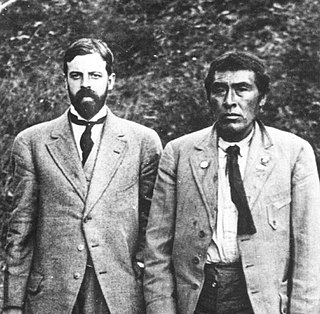
Alfred Louis Kroeber was an American cultural anthropologist. He received his PhD under Franz Boas at Columbia University in 1901, the first doctorate in anthropology awarded by Columbia. He was also the first professor appointed to the Department of Anthropology at the University of California, Berkeley. He played an integral role in the early days of its Museum of Anthropology, where he served as director from 1909 through 1947. Kroeber provided detailed information about Ishi, the last surviving member of the Yahi people, whom he studied over a period of years. He was the father of the acclaimed novelist, poet, and writer of short stories Ursula K. Le Guin.

The Wintu are Native Americans who live in what is now Northern California. They are part of a loose association of peoples known collectively as the Wintun. There are three major groups that make up the Wintu speaking people. The Wintu, Nomlaki, and Patwin. The Wintu language is part of the Penutian language family.

The Maidu are a Native American people of northern California. They reside in the central Sierra Nevada, in the watershed area of the Feather and American Rivers and in Humbug Valley. In Maiduan languages, maidu means "man".

The Yuki are an indigenous people of California who were traditionally divided into three groups: Ukomno'om, Huchnom, and Ukohtontilka or Ukosontilka. The territory of these three groups included Round Valley and much of northern Mendocino County and Lake County. Today they are enrolled members of the Round Valley Indian Tribes of the Round Valley Reservation. The exonym "Yuki" may derive from the Wintu word meaning "foreigner" or "enemy."
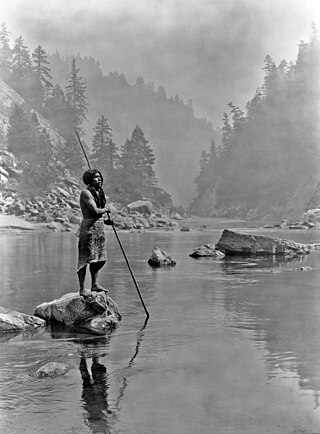
Hupa are a Native American people of the Athabaskan-speaking ethnolinguistic group in northwestern California. Their endonym is Natinixwe, also spelled Natinook-wa, meaning "People of the Place Where the Trails Return". The Karuk name was Kishákeevar / Kishakeevra. The majority of the tribe is enrolled in the federally recognized Hoopa Valley Tribe.

The Mattole, including the Bear River Indians, are a group of Native Americans in California. Their traditional lands are along the Mattole and Bear Rivers near Cape Mendocino in Humboldt County, California. A notable difference between the Mattole and other indigenous peoples of California is that the men traditionally had facial tattoos, while other local groups traditionally restricted facial tattooing to women.

The Yokuts are an ethnic group of Native Americans native to central California. Before European contact, the Yokuts consisted of up to 60 tribes speaking several related languages. Yokuts is both plural and singular; Yokut, while common, is erroneous. 'Yokut' should only be used when referring specifically to the Tachi Yokut Tribe of Lemoore. Some of their descendants prefer to refer to themselves by their respective tribal names; they reject the term Yokuts, saying that it is an exonym invented by English-speaking settlers and historians. Conventional sub-groupings include the Foothill Yokuts, Northern Valley Yokuts, and Southern Valley Yokuts.
The Nomlaki are a Wintun people native to the area of the Sacramento Valley, extending westward to the Coast Range in Northern California. Today some Nomlaki people are enrolled in the federally recognized tribes: Round Valley Indian Tribes, Grindstone Indian Rancheria or the Paskenta Band of Nomlaki Indians. The Nomlaki were bordered by the Wintu (Wintun) in the north, the Yana in the northeast and east, the Konkow (Maiduan) in the east, the Patwin (Wintun) in the south, and the Yuki in the west.

The Patwin are a band of Wintun people in Northern California. The Patwin comprise the southern branch of the Wintun group, native inhabitants of California since approximately 500.

The Yana language is an extinct language that was formerly spoken by the Yana people, who lived in north-central California between the Feather and Pit rivers in what is now the Shasta and Tehama counties. The last speaker of the southernmost dialect, which is called Yahi, was Ishi, who died in 1916. When the last fluent speaker(s) of the other dialects died is not recorded. Yana is fairly well documented, mostly by Edward Sapir.
The Tolowa people or Taa-laa-wa Dee-ni’ are a Native American people of the Athabaskan-speaking ethno-linguistic group. Two rancherías still reside in their traditional territory in northwestern California. Those removed to the Siletz Reservation in Oregon are located there.
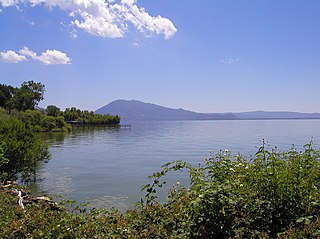
The Lake Miwok are a branch of the Miwok, a Native American people of Northern California. The Lake Miwok lived in the Clear Lake basin of what is now called Lake County. While they did not have an overarching name for themselves, the Lake Miwok word for people, Hotsa-ho, was suggested by A. L. Kroeber as a possible endonym, keeping with a common practice among tribal groups and the ethnographers studying them in the early 20th Century and with the term Miwok itself, which is the Central Sierra Miwok word for people.
Yana traditional narratives include myths, legends, tales, and oral histories preserved by the Yana people of the eastern Sacramento Valley and foothills of northeastern California.
The Last of His Tribe is a 1992 American made-for-television drama film based on the book Ishi in Two Worlds by Theodora Kroeber which relates the experiences of her husband Alfred L. Kroeber who made friends with Ishi, thought to be the last of his people, the Yahi tribe. Jon Voight stars as Kroeber and Graham Greene as Ishi. Harry Hook directed the film.

The California genocide was a series of systematized killings of thousands of Indigenous peoples of California by United States government agents and private citizens in the 19th century. It began following the American Conquest of California from Mexico, and the influx of settlers due to the California Gold Rush, which accelerated the decline of the Indigenous population of California. Between 1846 and 1873, it is estimated that non-Natives killed between 9,492 and 16,094 California Natives. In addition, between several hundred and several thousand California Natives were starved or worked to death. Acts of enslavement, kidnapping, rape, child separation and forced displacement were widespread. These acts were encouraged, tolerated, and carried out by state authorities and militias.

Ishi in Two Worlds is a biographical account of Ishi, the last known member of the Yahi Native American people. Written by American author Theodora Kroeber, it was first published in 1961. Ishi had been found alone and starving outside Oroville, California, in 1911. He was befriended by the anthropologists Alfred Louis Kroeber and Thomas Waterman, who took him to the Museum of Anthropology in San Francisco. There, he was studied by the anthropologists, before his death in 1916. Theodora Kroeber married Alfred Kroeber in 1926. Though she had never met Ishi, she decided to write a biography of him because her husband did not feel able to do so.
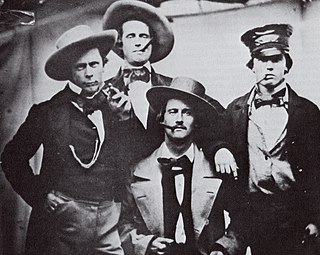
Harmon Augustus Good led a life as an “Indian hunter.” His closest friends in California addressed him as Hiram or simply "Hi" Good. On May 4, 1870, at the age of 34 he was killed by members of Ishi’s Yahi band, who, especially would have had the motive. Good became a ruthless leader of volunteer vigilante parties, who battled the diverse mix of Native Americans in northern California during the Indian war years, 1857 to 1865. Many locals proclaimed him the “Boone of the Sierra.” According to Butte County historian George Mansfield, “Good, in particular, was held in the most bitter hatred among the Indians.” In 1923 fellow Indian hunter Sim Moak recalled that “at one time Good had forty scalps hanging in the poplar tree by his house” and described Good adorning the outseam of his pants with scalps: “you can imagine a great tall man with a string of scalps from his belt to his ankle”.
















